The hidden delights of the Tuscan Archipelago
The islands harbour one of the largest marine parks in Europe, a haven for outdoor enthusiasts, especially those who are fond of carbo-loading.
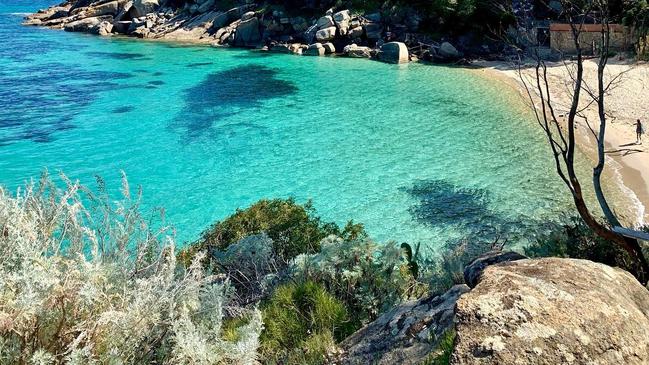
According to myth, the seven islands forming the Tuscan Archipelago came from pearls that the Greek goddess of love, Aphrodite, lost in the Tyrrhenian Sea during a visit. Later, the archipelago’s dramatic views as well as its proximity to Rome, about 200 miles away, made it a popular place for plutocrats to vacation. You can find ruins of the grand seaside villas and gardens they built throughout the islands.
The archipelago remains a delight. And unlike the storeyed attractions at Italy’s better known destinations that regularly endure tourist stampedes, many of the natural and historic wonders here are preserved, often with restricted access, in the Tuscan Archipelago National Park, one of Europe’s largest marine parks. Due to the archipelago’s distinctive ecosystems, which include endemic flora and fauna, the entire area has been designated a UNESCO Biosphere Reserve, and recreational activity is controlled in many areas. But as I discovered during my visit last summer, there is still plenty of space for adventure.
The largest island, Elba, is reachable by ferry from the port town of Piombino on the mainland (the trip takes 20 minutes to an hour, depending on the boat and which Elba port you’re traveling to). It’s famous mostly as the place where Napoleon Bonaparte spent 10 months in exile before escaping during a masquerade carnival party. His presence is amply documented with many plaques and a museum that was established in the modest house where he lived adjacent to one of the Mediterranean’s largest remaining Renaissance-era fortresses.
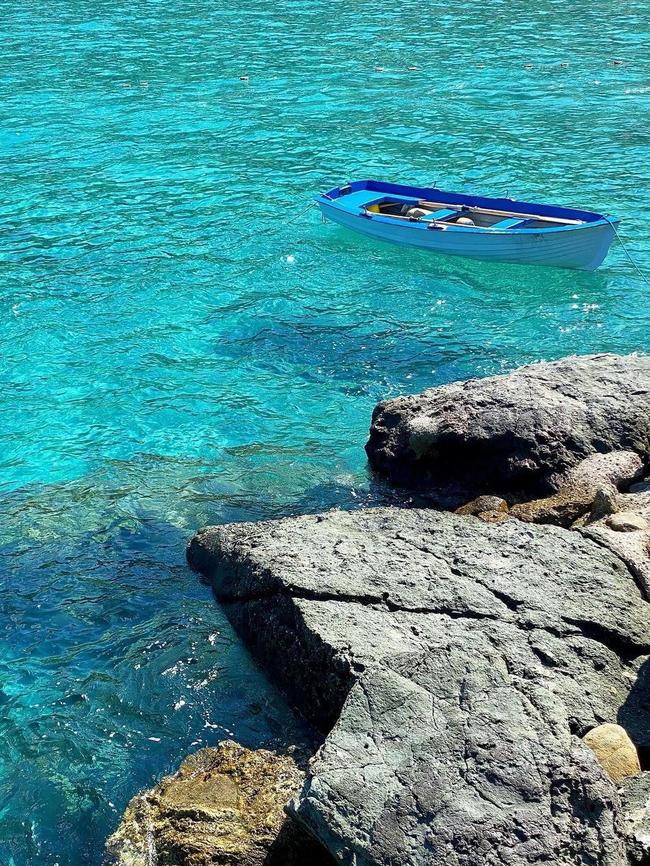
In recent years Elba has also become renowned as a destination for outdoor sports enthusiasts of all types. Over the course of my visit, I saw a parade of vintage Fiat convertibles touring the island and a rally of muscle cars rumbling up and down the mountains. I also watched the 2021 Mountain Bike Marathon World Championship at the Capoliveri Bike Park, one the most celebrated courses in Europe. Also in attendance: fan clubs of intense-looking Italians who were attired in colour-coordinated spandex cycling uniforms, accessorised with expensive bikes.
The smallest island, Montecristo, the setting for novelist Alexandre Dumas’s masterpiece, is off-limits to recreational visitors, but, from various vantage points throughout Elba, its ethereal crag rising from the sea makes for a memorable sight. Then there are the former longtime penal colony islands, most notably Pianosa, known as the Italian Alcatraz. The prison closed several decades ago and now there’s a small hotel and restaurant on the island. Though only about 340 people are allowed on Pianosa a day, you’ll find a host of chaperoned activities including sea kayaking, snorkelling, hiking and visits to the Roman-era catacomb complexes as well as a ghost town at a port presided over by a battlemented fortress.
I joined the guided mountain bike tour, which went past various abandoned prison buildings from different eras, including one that once held notorious Mafia barons and Red Brigade terrorists. I inhaled the intoxicating musky smell of Mediterranean macchia and tried to keep my bike from bouncing off a rutted rocky coastal trail. My guide indicated a fecund shoreline below blanketed with dry shrubs and long crinkly grey sea grass, which he said had suffered little human interference since the mid-19th century.
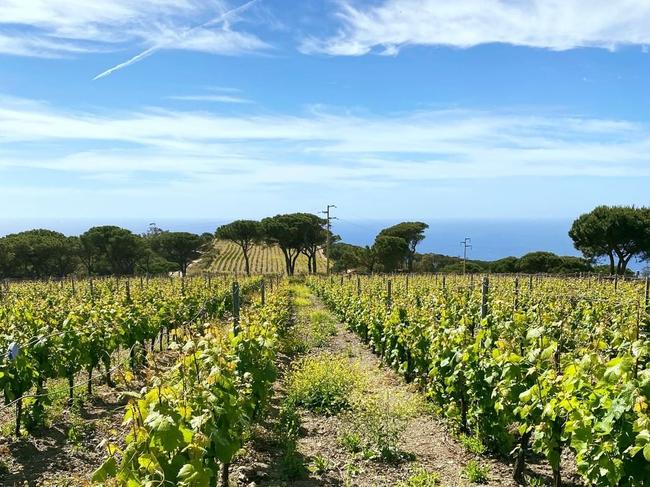
Visits to several of the other islands are even more restricted than to Pianosa: Giannutri, because of its protected pristine ecological zones, and Gorgona, the smallest and northernmost island, where there is an agricultural prison colony and tourists must be accompanied by a guide. Giglio, the second largest island in the archipelago, has three small villages and limited tourist infrastructure, while Capraia, mostly comprised of hilly wilderness, is home to several boutique hotels.
I spent most of my time on Elba, where I snorkelled above pulsating beds of algae teaming with schools of fish that were almost as translucent as the water. I also spent hours hiking without encountering more than a handful of other trekkers along vertiginous ridge lines where I could look far down forested slopes and see the sea on both sides of me.
I discovered empty beaches hidden in coves only accessible by boat or by strenuous hiking that were walled off by steep promontories of different types of stones.
No matter how far away I seemed to be at times, I was never more than an hour or two walk from a locally caught seafood and pasta dinner at a beachside restaurant or a town with a piazza where I could sip cappuccino and watch passers-by.
I stayed with a Venetian-born friend, Manfred, who in part to escape Venice’s increasing influx of tourists had recently moved to Rio nell’Elba, a small historically significant cliff-side town where boutiques haven’t yet taken root. There was, however, a small archaeological museum where I learned that the ferrous rocks I’d seen during my excursions had been a critical source for the iron used in the manufacture of both armaments for ancient Roman armies and modern Italian ones.
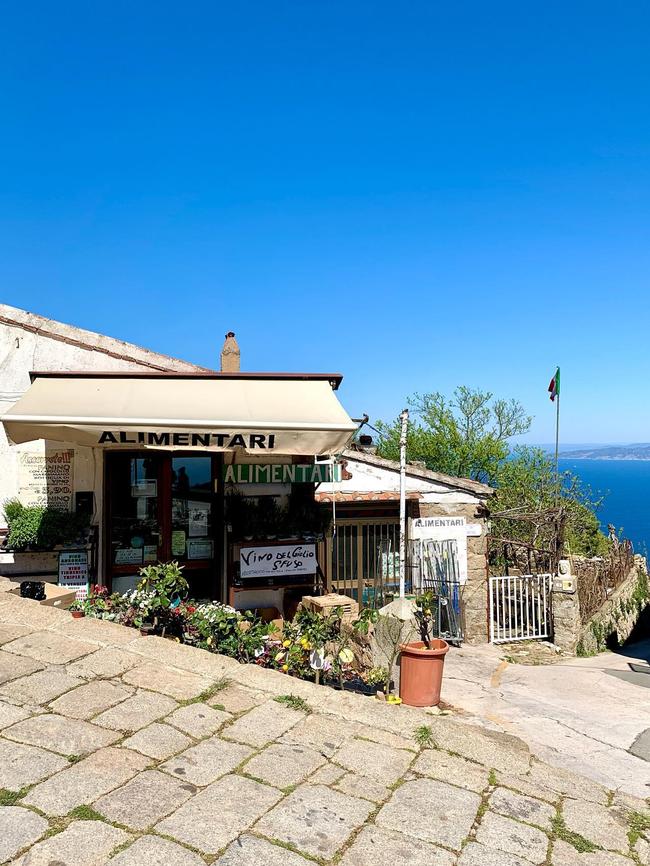
One of the most popular and challenging hiking trails leads to Castle Volterraio, which was built during the Middle Ages, and later enlarged by the Pisans, and proved impregnable against relentless Saracen slavery raids and against the various Western European powers constantly battling to control the strategic archipelago. From its perch on a precipitous crumbly escarpment, the castle offers some of the best views of the island, but if I visit again, I will stay on the trail. I almost ended up on my hands and knees with vertigo after following a game, older Swiss couple through a shortcut.
After a day of arduous biking or hiking, followed by a refreshing swim in the sea, I often ended up at Ristorante Da Cipolla di Carletti Davide, the only restaurant fronting onto Rio nell’ Elba’s lively piazza, where my favourite meal was pasta with wild boar washed down with a decent red wine. From the piazza, I had views across farmland to a sparkling bay far below and of the sunset deepening the green hues of forested mountains above. Views like this likely inspired ancient Romans on holiday, and hopefully, thanks to the Archipelago’s environmental regulations, these islands will remain just as enticing for future generations of spandex-wearing cyclists.
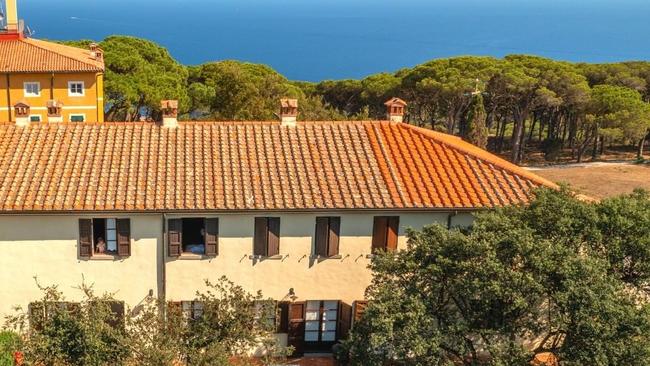
Visiting Elba on the Tuscan Archipelago
Getting There: To reach Elba, you can book a flight on Silver Air from Pisa, Florence and Milan or take a ferry from Piombino on the mainland. Primary ferry routes from the mainland to other islands in the archipelago run from Livorno and Porto Santo Stefano.
Staying There: Elba’s Tenuta delle Ripalte Resort is a sprawling secluded historic 19th-century estate perched high in the hills near the town of Capoliveri. From about $90 per night. Near Portoferraio, the largest town on Elba, Villa Ottone is an elegant beachside estate once owned by a noble family. It’s been updated into a resort with a spa, restaurants and swimming pools, with a golf course nearby (from $168 per night at the end of May 2022).
Eating There: A table at the seafood restaurant Osteria Ferraja in Portoferraio affords views of the town’s bustling harbour and fortress walls. The lively Ristorante Da Cipolla di Carletti Davide sits on a picturesque town square in Rio nell’Elba where locals congregate to exchange the day’s gossip.
The Wall Street Journal

To join the conversation, please log in. Don't have an account? Register
Join the conversation, you are commenting as Logout